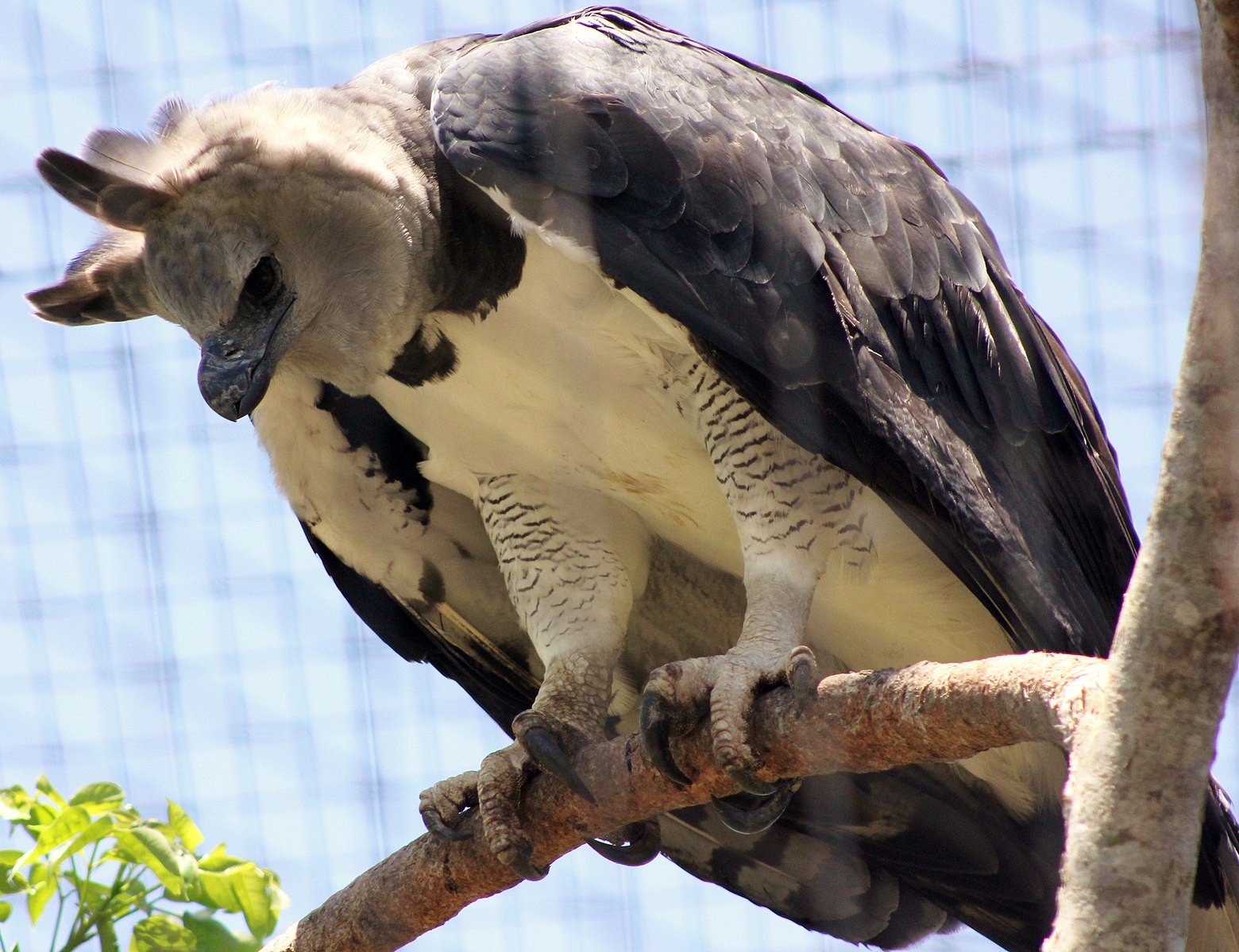Harpy eagles, the majestic birds of prey found in the tropical rainforests of Central and South America, are known for their impressive size, strength, and hunting prowess. However, one question that often arises is whether these formidable predators have teeth. The answer is a resounding no – harpy eagles do not have teeth, but instead, they possess a sharp, curved beak with a hook-like tip, which they use to tear and rend the flesh of their prey.
The Beak of the Harpy Eagle
The harpy eagle’s beak is a powerful tool that serves as the primary means of capturing, killing, and consuming its prey. Unlike mammals, which have teeth, birds of prey like the harpy eagle have evolved a specialized beak that is well-suited for their hunting and feeding needs.
The harpy eagle’s beak is hooked and sharp, with a distinct curve at the end. This design allows the bird to grip and tear the flesh of its prey with ease. The sharp, pointed tip of the beak is particularly useful for piercing the tough skin and muscle of the harpy eagle’s prey, which can include monkeys, sloths, small deer, and even other birds.
Hunting and Feeding Behavior
 Image source: Harpy Eagle by cuatrok77
Image source: Harpy Eagle by cuatrok77
Harpy eagles are known for their impressive hunting skills and their ability to take down prey that is often much larger than themselves. They use their powerful talons to grasp and lift their prey, and then use their sharp beak to tear the flesh and consume the meat.
During a hunt, the harpy eagle will typically spot its prey from a high perch or while soaring overhead. Once it has identified a target, the eagle will swoop down and use its sharp talons to grab the animal. The eagle will then use its beak to tear the prey apart, often starting with the head or neck.
Adaptations for Hunting
In addition to their powerful beak, harpy eagles have several other physical adaptations that make them highly effective hunters. These include:
- Powerful Legs and Talons: Harpy eagles have exceptionally strong legs and large, sharp talons that can easily grasp and lift prey that is up to their own body weight.
- Keen Eyesight: Harpy eagles have excellent eyesight, which allows them to spot prey from great distances and track their movements with precision.
- Maneuverability: The harpy eagle’s broad wings and long tail give it excellent maneuverability, allowing it to navigate through the dense forest canopy with ease.
Conservation Efforts
Harpy eagles are considered a vulnerable species, with their populations declining due to habitat loss, hunting, and other human-related threats. Conservation efforts are underway to protect these magnificent birds and their rainforest habitats.
One of the key conservation strategies is to designate protected areas and national parks that provide safe havens for harpy eagles and other endangered species. Additionally, education and awareness campaigns are crucial in helping local communities understand the importance of these birds and the need to protect them.
Conclusion
In conclusion, while harpy eagles may not have teeth, their sharp, hooked beak and powerful talons make them formidable predators that are well-adapted to their rainforest environment. These impressive birds play a vital role in the ecosystem, and their conservation is crucial for the preservation of the diverse and fragile tropical rainforests they call home.


